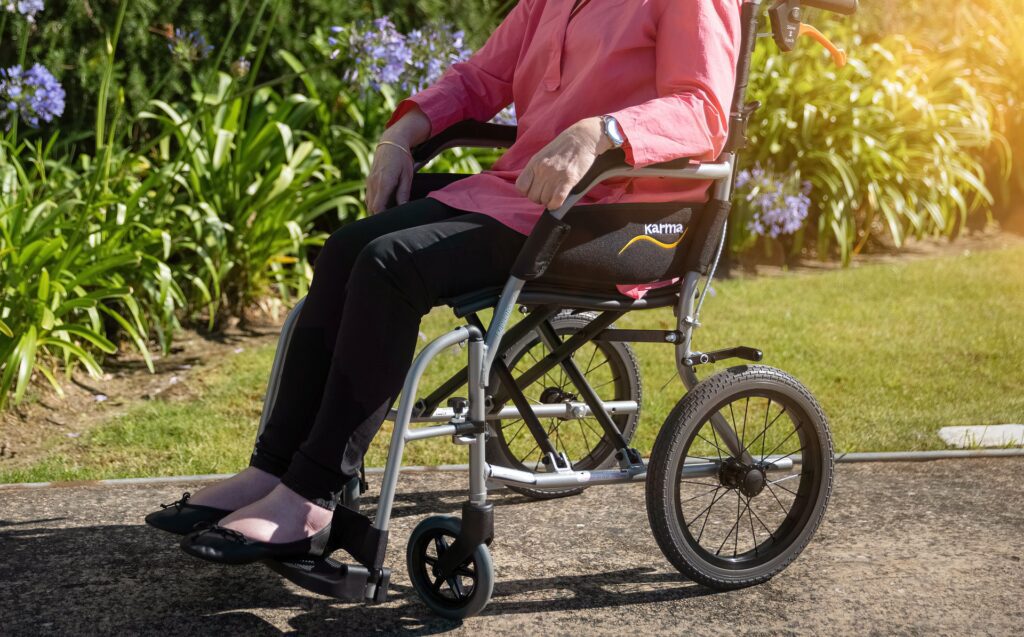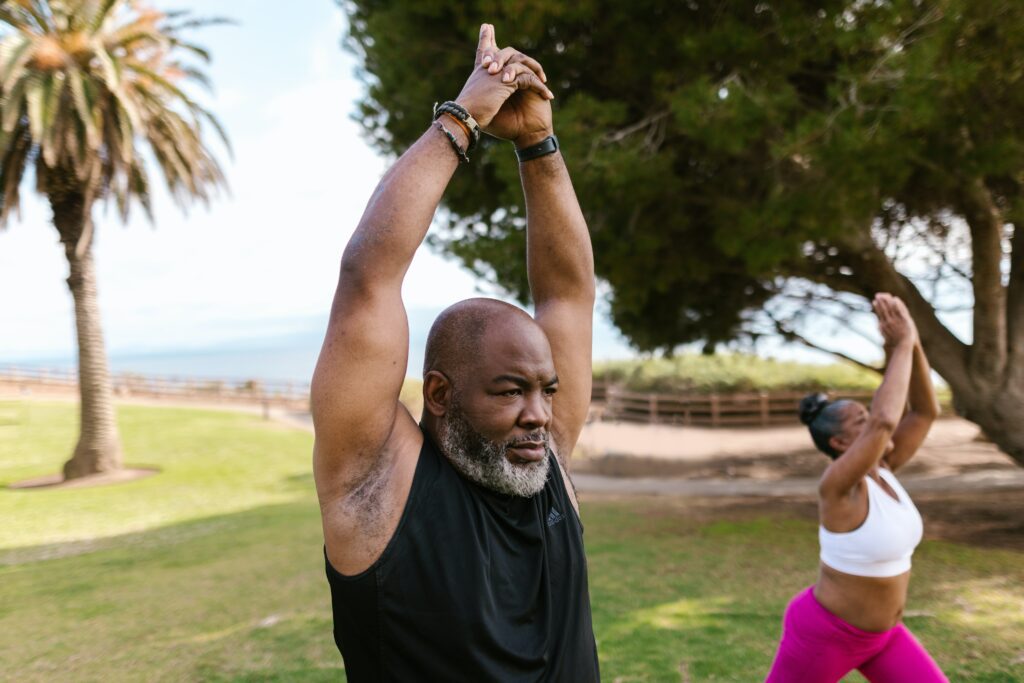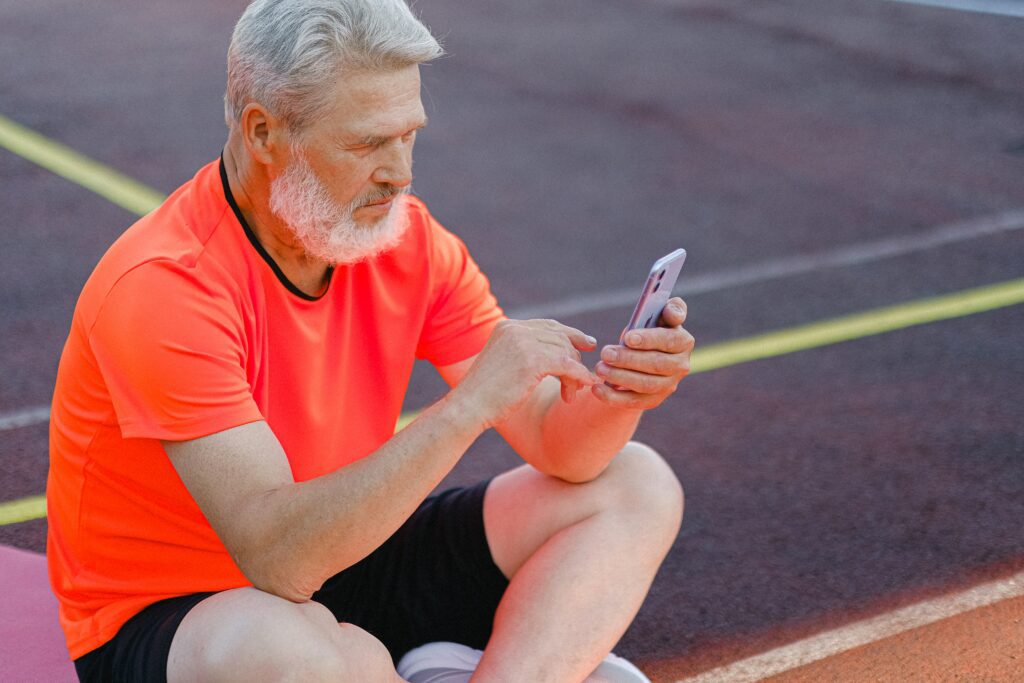How Do Nurses Help With Mobility of Seniors?
Weight control, better balance, flexibility, strength, protection from illness, a decrease in anxiety, promotion of independent living, and fall prevention are just a few of the well-known benefits of mobility management.
Patients value being mobile, capable of taking care of themselves, and free from fear of falling. Maximizing mobility is a key objective of nursing care following a fragility fracture. Each patient’s mobility and functional level before fracture determines their specific aims.
With limited pre-fracture engagement, cognitive impairment, low postoperative functional levels, advanced age, diseases, sadness, poor nutritional status, a lack of social support, and not living independently and other conditions, recovery is frequently hampered.
After a fragility fracture, many patients never regain their prior level of function, and there is a high risk of institutionalization, subsequent fractures, disability, and loss of autonomy.
We require experts like nurses to help us till we recuperate, which is why.
Remobilization
With inadequate pre-exertion, cognitive impairment, low postoperative functional levels, advanced age, polypharmacy, diseases, sadness, poor nutritional status, a lack of social support, and not living independently, recovery is frequently hampered.
After a fragility fracture, many patients never regain their prior level of function, and there is a high risk of institutionalization, subsequent fractures, disability, and loss of autonomy.
There are discrepancies in evidence-based pathways for management after various fractures and procedures; for example, after hemiarthroplasty, mobilization may start earlier, while following extracapsular fracture, it may be delayed. Mobilization strategy, type of weight bearing, timing, and progress of exercise depend on the type of fracture and surgery.
As soon as practicable, nurses should encourage patients to eat in chairs and to take responsibility for their hygiene and self-care. All staff members should be involved in promoting independence in toileting and transfers as well as daily assessments of patients’ progress.
Mobility of the Patient: Nurse Intervention
Training for home health aides covers a range of patient scenarios. Patient mobility is one problem you’re certain to run against. Bone fractures, osteoporosis, cognitive impairments and other medical conditions can all affect one’s mobility.
Restricted mobility can cause skin deterioration, contractures, depression, and pneumonia if nothing is done to alleviate it. The longer a patient stays immobile, the greater the risk to their health.
According to the journal Geriatric Nursing, the number of older persons is increasing, and 42% report having some disability brought on by pain, weariness, weakness, strength, balance issues, or fear of falling.
If the patient is recovering at home, in the hospital, or has a chronic handicap, there are a few tactics nurses need to concentrate on.
- Encourage the patient to begin walking if they can do so. It should happen as soon as possible. Apply lifts or slings as necessary if you need help moving about. Starting by dangling their legs off the bed is also a wonderful idea.
- Reduce the hazards associated with immobility by helping the patient with the following
- Walkers
- Stride belts
- Handrails
- Commodes
- Give the patient some time; home health aide schools that frequently train you to complete tasks quickly in light of a hectic timetable. Keep the patient calm; give them adequate time to perform mobility tasks without assistance to prevent their recovery from being slowed and their confidence from being damaged.
- Use range-of-motion exercises to maintain or enhance joint flexibility, lessen pain, and enhance strength and balance. If required, perform passive range-of-motion exercises, but insist that the patient engages in frequent physical activity.
- Talk to the patient: Some patients can walk but choose not to. Talk about their fears; if they are afraid of falling, find out what assistance will help them overcome this phobia. For instance, if they are afraid of falling when using a cane, start using a walker.
- Include family members: Talk about the value and management of mobility with your family. Some patients are reluctant to walk with a caregiver but may do so with a spouse or grandchild. Family members can aid recovery by joining in on walks or participating in active range of motion exercises.
Repositioning a Patient in Bed
Determine the level of support required before raising a patient in bed to ensure the best possible patient care. When raising a patient in bed, it’s critical to avoid friction and shear to avoid pressure wounds.
Suppose a patient needs help with bed shifting, using lifting equipment, and mechanical lifts according to agency guidelines. Use the following instructions with assistance from another medical expert to help with the relocation and avoid injury if the patient can assist with repositioning and only light lifting by staff is necessary.
Best Choice of Walkers for Seniors
The best walkers for seniors increase independence and movement. They can greatly improve your quality of life by enabling you to participate in pleasurable activities rather than being limited to a chair at home. Walkers used properly also lessen the chance of falling.
Standard walkers, front-wheel walkers, and rollator walkers are the three main categories of walkers.
What to consider when buying a wheelchair?
Wheelchairs increase independence and movement, enabling users to engage in activities they otherwise wouldn’t be able to. Wheelchairs can immediately enhance your physical and emotional well-being. You have more independence, confidence, and mobility to engage in daily activities. Here are things you need to consider when buying a wheelchair.
- Think about your finances and insurance.
- Learn about the many wheelchair models, then choose the one that best meets your needs.
- Size of a wheelchair
Make sure you know the wheelchair’s style, size, and accessories if you are prepared to purchase one. You can quickly ride in comfort and style with a little planning.
Types of Wheelchairs
You would not think that the simple wheelchair is a hub for innovation, but you’d be mistaken. Wheelchair users now have more options than ever, thanks to various new wheelchair technologies that have emerged during the past years.
Depending on your demands, there are numerous wheelchair types to pick from. However, it might be a little perplexing if you’re not familiar with the phrases used and what they signify, especially if you’re purchasing a wheelchair for a loved one rather than for yourself.
- Rigid frame Wheelchairs
- Folding frame Wheelchairs
- Manual wheelchairs
- Electric wheelchairs
- Lightweight Adjustable Wheelchairs
- Bariatric Wheelchairs
Must Read: Best Choice of Walkers for Seniors
Patient Ambulation
Ambulation refers to a patient’s capacity to safely walk alone, with another person’s help, or with an assistive device, such as a cane, walker, or crutches. Determine whether assistive aids or the support of a second staff member is necessary after a patient has been evaluated and deemed safe to ambulate.
Before continuing, assist the patient in sitting on the edge of the bed so you can check for vertigo or orthostatic hypotension symptoms. Make sure the patient is wearing appropriate shoes or slip-resistant socks. If help is needed, place a gait belt tightly over their clothing and around their waist.
The patient should be agreeable, capable of supporting their weight, have adequate trunk control, and stand up without assistance.
Final Thoughts
A crucial function of healthcare facilities is helping patients get mobilized. Nurses should prioritize a patient-centered approach and ensure that doctors, nurses, physical therapists, and patients are properly coordinated. Therefore, a multidisciplinary approach is essential to get the best patient management. It’s also important to implement mobility management.






